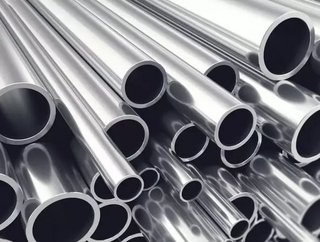Silver production declines for first time in 15 years

It was announced that mine output for silver in 2016 had fallen, somewhat briefly, for the first time since 2002.
The news comes from the World Silver Survey 2017 report, which revealed that lower capital expenditures were lower when compared to prior years and that the rise in prices also saw scrap flows dropping to a 24 year low.
The report also revealed that there was a return to “modest dehedging” by producers for the first time in five four years, which saw the total supply drop for the second year in a row.
The facts:
- Global silver mine production declined by 0.6 percent in 2016, taking it to a total of 995.8 Moz
- Losses in Europe, North America and Oceania were partly offset by gains in Central & Southern America and Asia
- Silver mine supply decreased by 5.0 Moz, the first drop in fourteen years.
But what does this really mean for global silver supply, demand and costs?
Adrian Ash, Director of Research at BullionVault, the world's largest physical gold and silver online market, commented:
“Because the bulk of silver-mine output comes as a by-product of mining other metals, global production doesn't respond to prices. Last year's small drop still leaves global silver mine output higher by one-third from a decade ago. Yet supply has repeatedly failed to meet demand on GFMS' data. These deficits have coincided with the surge of investment demand since the financial crisis broke in 2007, plus the revolution in photovoltaic installations worldwide.
“The fact that silver is a vital input for solar panels helped fuel the 2011 speculative peak. The PV narrative came at a cost however, and new investors should note how spring 2011's three-decade highs near $50 per ounce spurred a wave of industrial research, scrambling to reduce the quantity needed per watt of energy produced.
“Cutting silver loading by 80% and more over the last 6 years, the bulk of that thrifting now looks done, but it will still be tough for PV silver demand to match last year's record tonnage. It's also clear that retail bar and coin demand has fallen back sharply since Trump's victory in the US election last November. The logic seems to be that, with a Republican back in the White House, who needs precious metals? That idea could reverse quickly on disappointment with Trump, plus fresh concerns over inflation. Silver's tripling in price during the financial crisis means that very many more traders and investors now know about the metal, its uses and its volatility. Hedge funds and other speculators will happily consider it against other precious metals or commodities as a hard asset hedge.”






